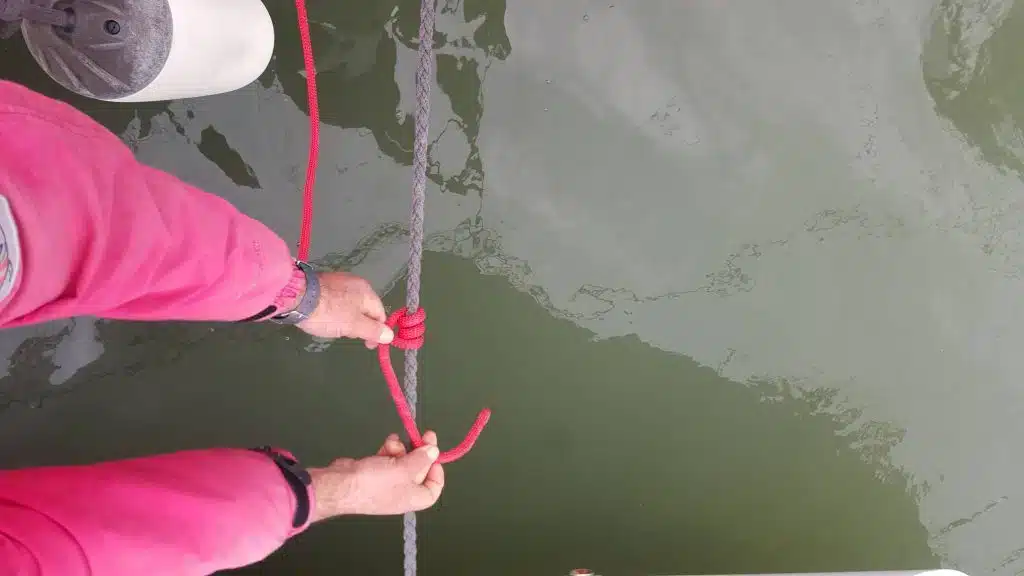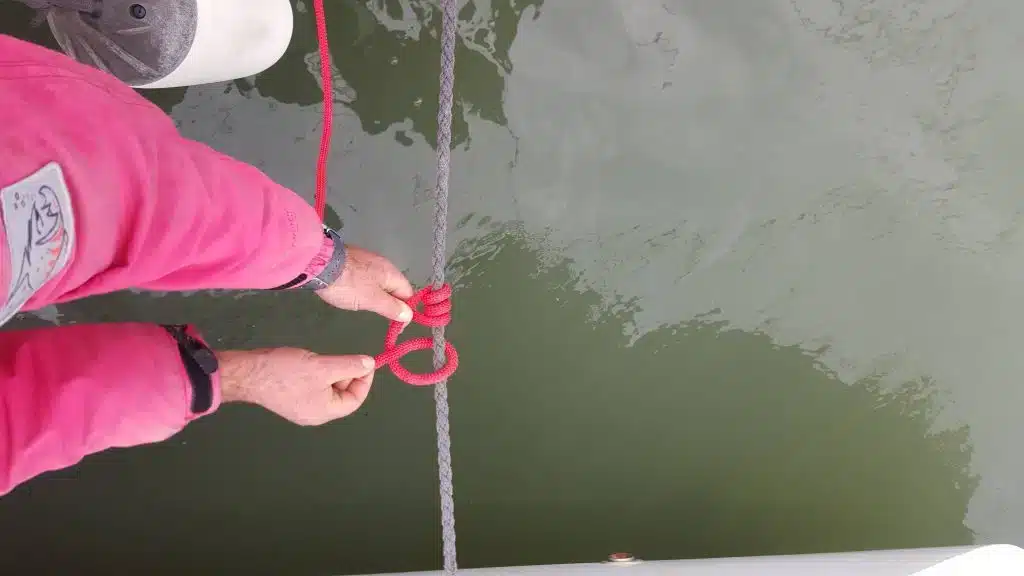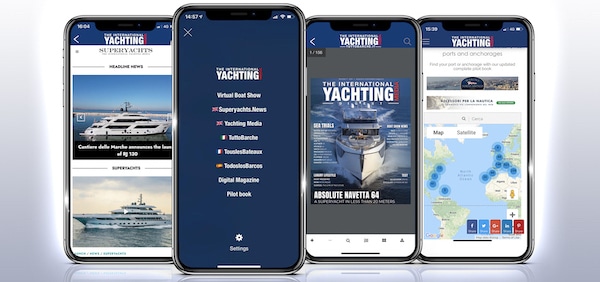A jammed line, a mooring line that needs shortening, or an anchor line to relieve—there are countless reasons on a boat to transfer tension from one line to another.
The range of improvised methods people attempt is vast, but the results are often underwhelming. Turning to a rolling hitch, however, might be the most effective solution.
This is one of the simplest and most useful knots to execute, even though it’s among the least used by recreational boaters.
The goal is to release all the tension from the loaded line by transferring it to a second line. Once this second line is tied to the first, it can be tensioned using a winch.
To tie a rolling hitch, use a line with a smaller diameter than the loaded one. Make three half hitches with the working end of the smaller line (the end opposite to the one leading to the winch) around the larger line.

When tightened, it grips the loaded line firmly, allowing you to apply any amount of tension to the smaller line without risk of the knot coming undone.
In simpler situations, you can sometimes apply tension manually, secure the smaller line, and then comfortably work on freeing the loaded one.
Alternatively, you can use a winch when the tension on the loaded line is just too strong.
Like all knots, this one also originates from its use on sailing ships, where sailors needed to haul in thick hawsers, sometimes over 20 centimeters in diameter. To do so, they used smaller, more manageable lines tied to the main cable.
Interestingly, this knot may have also inspired a popular expression still used today. The rolling hitch was employed to temporarily secure a line to the hawser being hauled. From this practice comes the phrase “to give it a try” or “to wing it,” referring to something done tentatively or not definitively.



























